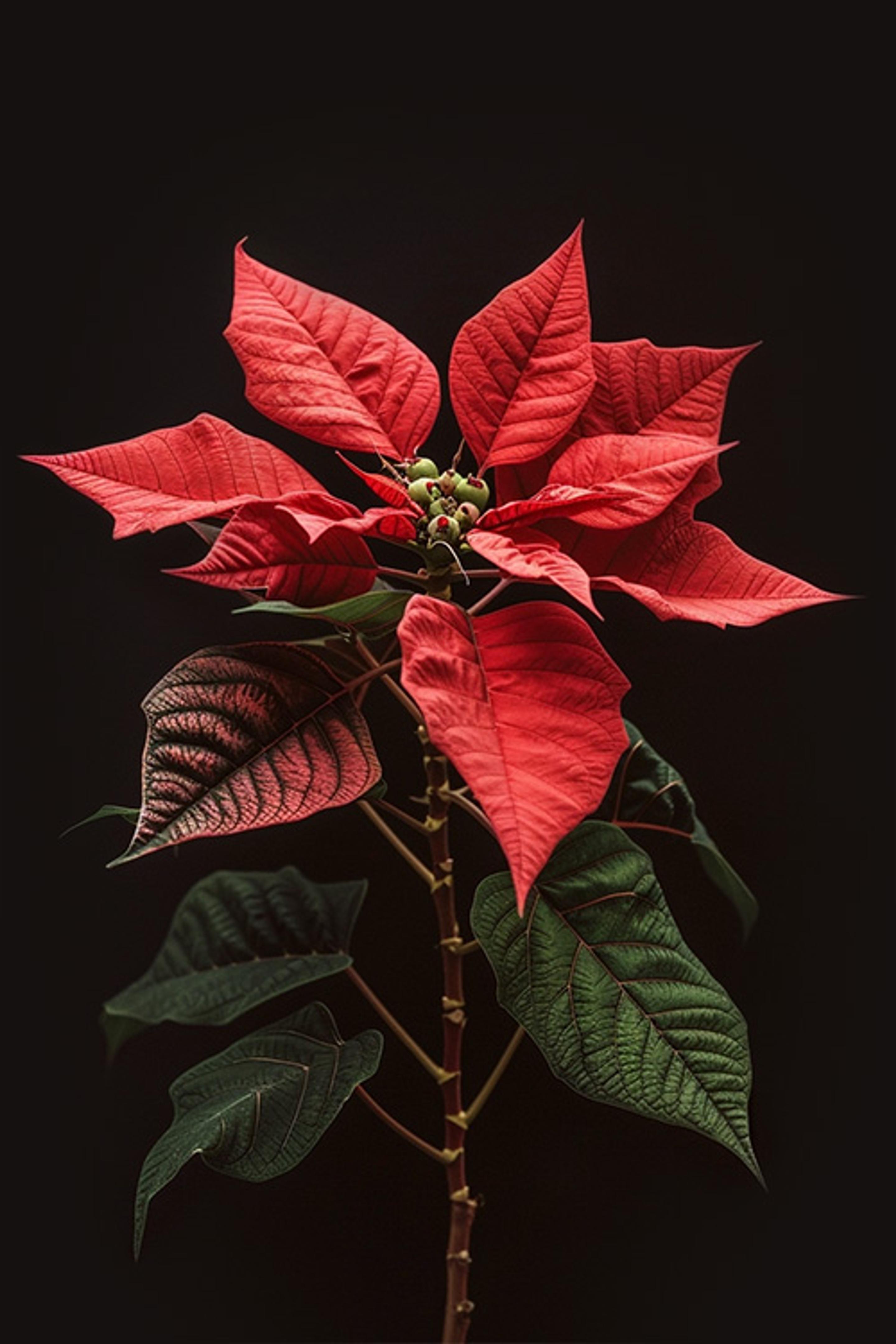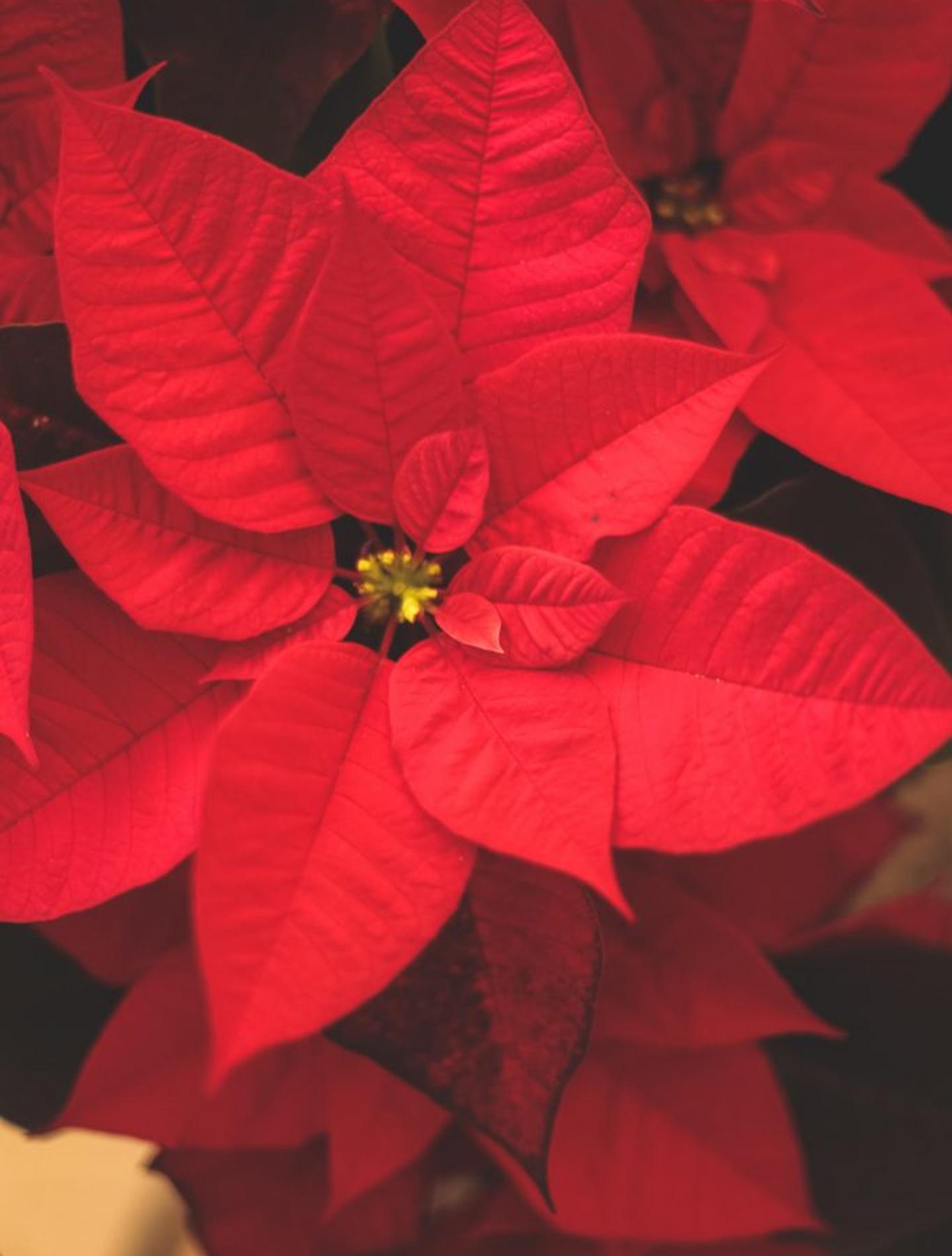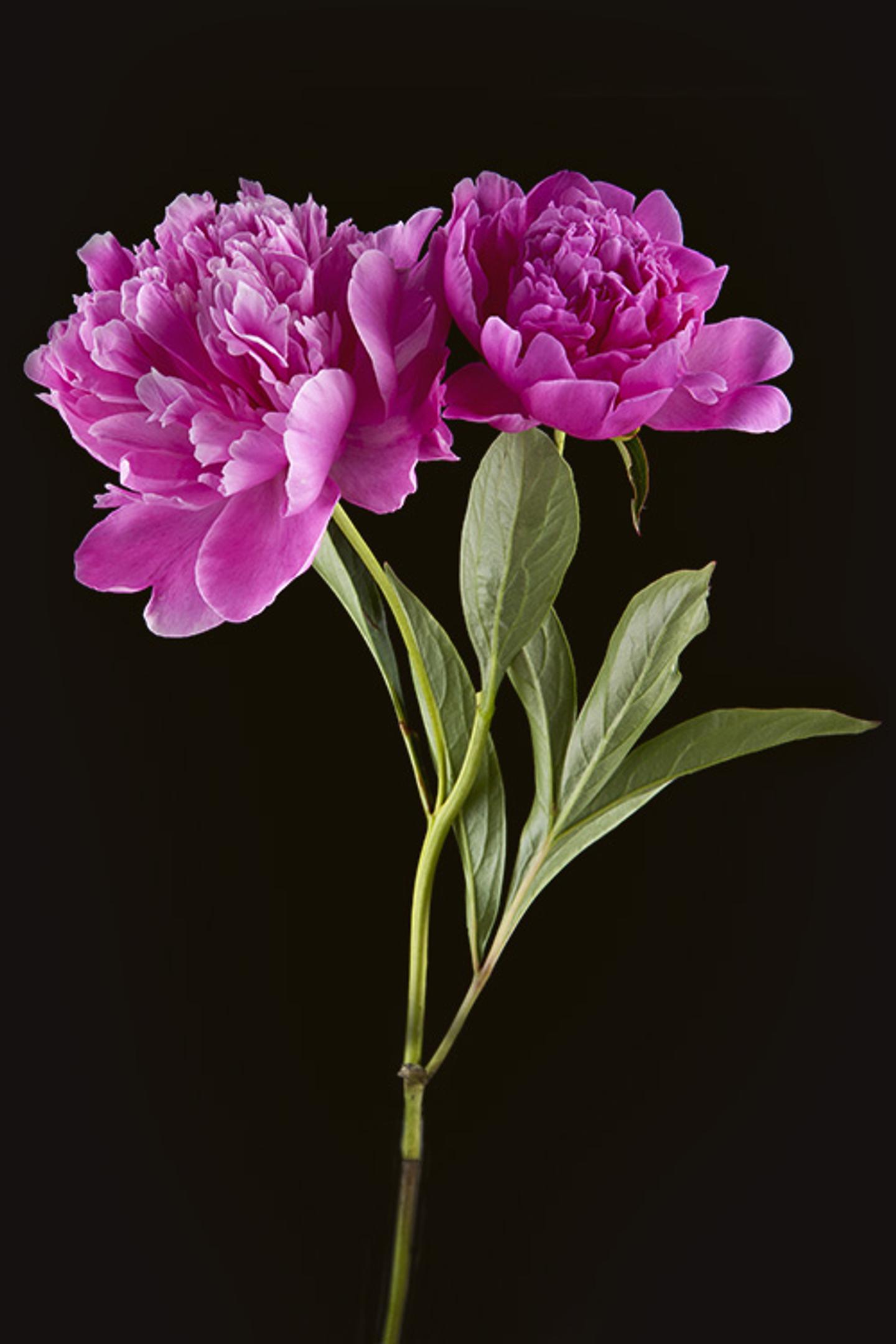Flower Meanings
Poinsettia


The Meaning of Poinsettias
There are many legends concerning the poinsettia. One of such legends is an old Mexican tale.
The story goes a little something like this:
There was a young girl named Pepita who had no present to give the baby Jesus at the Christmas Eve church service. As Pepita walked to the chapel on Christmas Eve, her cousin Pedro, attempting to cheer her up, said, “Pepita, I’m sure even the smallest gift given by someone who loves Him will make Jesus happy.”
Not knowing what to give, Pepita heeded her cousin’s advice nonetheless, and picked a small handful of weeds from the roadside and formed them into a small but lovely bouquet.
Feeling embarrassed at the size of her small, seemingly insignificant gift, she walked through the chapel to lay her gift down at the alter, thinking of the kind words of her cousin. The bouquet of weeds then burst into an array of bright red blooms so suddenly that all who had witnessed it were sure they’d seen a miracle.
From that day on, the bright red flowers became known as the “Flores de Noche Buena,’ or ‘Flowers of the Holy Night.’
The shape of the poinsettia has also come to symbolize the Star of Bethlehem, which led the Wise Men to Jesus. The flower’s red-colored petals represent the blood of Christ.
Don’t worry! We didn’t forget about the white poinsettias! These white blooms have come to symbolize Christ’s purity. [1]

"I have forgotten, strange, but quite remember The poinsettia’s red, blood-red in warm December."
Claude McKay
The History of the Poinsettia
The poinsettia is native to Central America, particularly an area of southern Mexico known as ‘Taxco del Alarcon,’ where they flower during the winter season.
The ancient Aztecs called these blooms ‘cuetlaxochitl’ and used their petals to make a purple dye for clothes and cosmetics, and the milky sap was made into medicine to treat fevers.
So how did the poinsettia gain so much popularity?
Well, the poinsettia became widely known around the world because of a man named Joel Roberts Poinsett.
Poinsett was the first Ambassador from the United States to travel to Mexico in 1825. An owner of many greenhouses located on his plantations in South Carolina, while visiting the Taco area in 1828 he became incredibly intrigued by these blooms. He wasted no time in sending some of the plants back to South Carolina, where he began growing them himself and sending them to various friends and established botanical gardens.
One of these friends was John Bartram of Philadelphia. At the first ever flower show in Philadelphia, Robert Buist, a plants-man from Pennsylvania, saw the poinsettia for the first time and is believed to be the first to actually sell them under their botanical name, ‘Euphorbia pulcherrima,’ meaning ‘the most beautiful Euphorbia.’
Poinsettias were first sold as cut flowers, and it wasn’t until the early 1900s that they were sold as whole plants for both landscaping and pot plants. [1]
DID YOU KNOW - Poinsettia Fun Fact
The poinsettia is the national emblem of Madagascar. [1]

How to Grow Poinsettias
As one of the most popular holiday plants, it would come as no surprise that we want to grow our own!
When to Plant Poinsettias
Poinsettias should be transported outdoors once all of their leaves have died back, and you’ve pruned the bushes back to about two buds. Once all chance of frost has passed, it is safe to bring your plant outdoors for planting.
How to Prepare the Soil for Planting Poinsettias
Be sure to choose and areas with slightly acidic, well-draining soil to avoid root rot. Your poinsettia will do best in a sunny corner protected from harsh winds that can easily damage the plant. [2]
How to Plant Poinsettias
Once you’ve decided on a planting location and outdoor temperatures have consistently remained above 55 degrees Fahrenheit, it’s time to plant!
Dig a hole that is larger than the pot containing your poinsettia, place the plant in the hole, and cover the plant with soil, making sure the soil around the plant is even with the top of the hole. [3]
How to Water Poinsettias
Your poinsettia will not require too much care during the warmer months, but be sure to water it regularly until the plant begins to drop its leaves. Once this occurs, you will be able to allow the plant to dry out a bit in between waterings.
How to Feed Poinsettias
When you start seeing new growth on your poinsettia, water with fertilizer during your normal waterings.
DID YOU KNOW - Poinsettia Fun Fact
Poinsettias remain the highest selling potted flowering plant. [4]

How to Care for Poinsettias
Alright, and now onto how you should care for your poinsettias plant indoors:
Step 1.
Keep your poinsettia in a warm sunny window. Your plant should receive at least 6 hours of bright, indirect sunlight per day.
For continual blooms after the holiday season, your poinsettia will also need temperatures between 65 and 70 degrees Fahrenheit (can be slightly cooler at night, but keep it above 60 degrees) to avoid any leaf drop.
Step 2:
Continue your regular watering routine until spring or the first of April, then allow your plant to dry gradually. Around the middle of April or beginning of May, cut the stems back to about 4 inches above the soil and repot it in a larger container with fresh potting mix. Remove any faded parts of the plant at any time!
Step 3:
Water your plant thoroughly and put it back in a sunny window. Check the soil periodically to make sure the plant has enough moisture—water only when the soil’s surface is dry to the touch.
Step 4:
Once new growth begins, feed your poinsettia every couple of weeks with an all-purpose houseplant fertilizer. [2]
When to Send Poinsettias as a Gift
Why the holidays of course!

References:
- 1 - Why Christmas
- 2 - Gardening Know How
- 3 - Home Guides
- 4 - PSS.UVM.edu
Flower Meanings — keep discovering

Mountain Laurel
The mountain laurel is a stunning evergreen shrub of the Ericaceae – or heath family. It’s deep green, leathery leaves, clusters of pink, purple, and white blooms, and unique gnarled branches make the perfect accessory to any garden, mountain road, or backyard.

Narcissus
A symbol of faithfulness, good wishes, and respect, Paperwhite narcissus blooms in the winter, making it the perfect birth month flower for December.

Orchid
As one of the oldest flowering plants and with over 200,000 different species, the history and symbolism behind these ancient blooms will blow your mind.

Peony
It’s plain to see the sheer beauty of the peony, and if you’ve ever gotten up close and personal with one, there’s no denying that their beauty pairs nicely with their enticing, floral fragrance that we just can’t seem to get enough of. If you thought the peony couldn’t possibly contain any more sophisticated beauty, you thought wrong!

Mountain Laurel
The mountain laurel is a stunning evergreen shrub of the Ericaceae – or heath family. It’s deep green, leathery leaves, clusters of pink, purple, and white blooms, and unique gnarled branches make the perfect accessory to any garden, mountain road, or backyard.

Narcissus
A symbol of faithfulness, good wishes, and respect, Paperwhite narcissus blooms in the winter, making it the perfect birth month flower for December.

Orchid
As one of the oldest flowering plants and with over 200,000 different species, the history and symbolism behind these ancient blooms will blow your mind.

Peony
It’s plain to see the sheer beauty of the peony, and if you’ve ever gotten up close and personal with one, there’s no denying that their beauty pairs nicely with their enticing, floral fragrance that we just can’t seem to get enough of. If you thought the peony couldn’t possibly contain any more sophisticated beauty, you thought wrong!
Ready to send beautiful flowers?
Our guided experience helps you send a one-of-a-kind arrangement perfect for every occasion.
Send Flowers